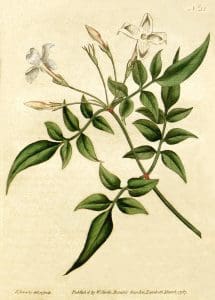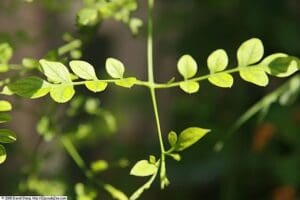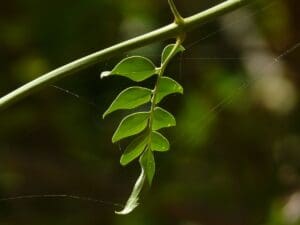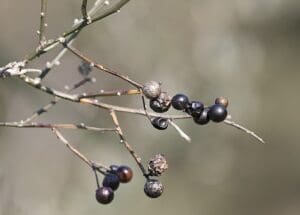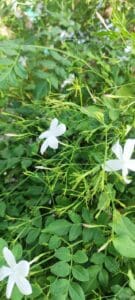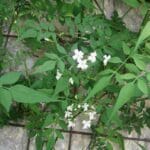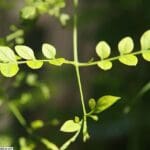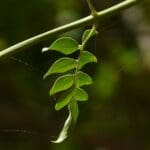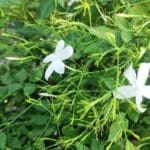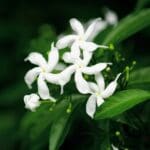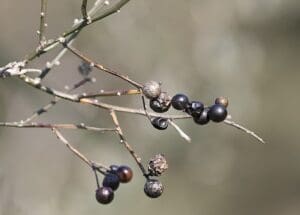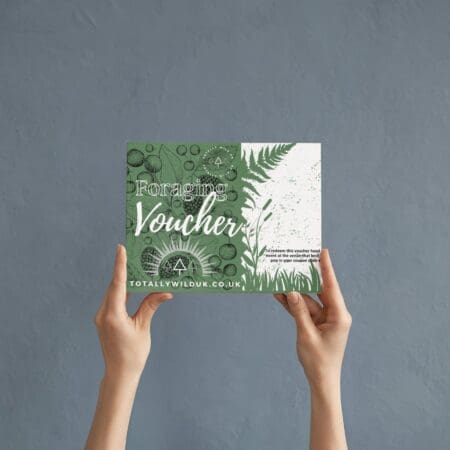Common Jasmine / Spring / Summer / Edible
The Common Jasmine (Jasminum officinale) isn’t just a beautiful addition to gardens; it’s also a surprising edible plant with a long history in culinary and medicinal use. Known for its delicate white flowers and sweet, intoxicating fragrance, this climbing plant thrives in sunny spots across the UK. Its blossoms can be used to infuse teas, desserts, and syrups, adding a subtle floral note to your creations.
While not all Jasmine species are safe to eat, Jasminum officinale is both edible and versatile, making it a wonderful plant to grow for anyone interested in edible landscaping.
In this post, we’ll guide you through how to identify, harvest, and use the flowers of this fragrant favourite in your kitchen.
Common Names
Common Jasmine, common white jasmine, Jessamine, poet’s jasmine, poet’s jessamine, summer jasmine, true jasmine
Botanical Name
Jasminum officinale
Scientific Classification
Kingdom – Plantae
Order –Lamiales
Family – Oleaceae
Physical Characteristics of Common Jasmine
Common Jasmine is a large deciduous shrub, with a twining climbing growth habit, reaching 4-8m with beautiful scented white flowers.
Leaves
Dark green, pinnate leaves, with 7-9 ovate sharply pointed leaflets. Smooth leaf margin and texture.
Stem
Leaves are in opposite pairs on the stem, green and slender.
Flowers
White, strongly scented star shaped flowers ( 5 petals) 2 cm in width open in clusters of 3 to 5
Fruit
Small black berries, but Jasmine rarely produces berries in the UK.
Habitat
Non native, Jasmine is believed to have originated in the Himalayas of Western China where it is known as “Queen of the Flowers”. It has now been naturalised in much of Europe.
Can grow in a wide range of soils and habitats
Flowers appear from Summer to early Autumn and should be harvested at night to capture their lovely scent.
Known Hazards
Not recommended during pregnancy as it can stimulate uterine contractions. Also it is unknown if it is safe during breast feeding, mothers have used Jasmine to help dry up their lactation. A couple of cups of tea is unlikely to have any effect but might be best avoided.
As with any herbal or medicinal use please always consult an herbal or medicinal expert.
Could Be Confused With
Clematis (Clematis vitalba) which has similar leaves but the flowers are different, having 4 petals and many stamens.
Edible Uses
It is the flower of Jasmine that is mostly used. The Best time to collect the flowers is at night when their fragrance is at its highest, as the flowers release their perfume at dusk. These are used as flavourings for drinks, deserts, baking, puddings and jellies.
Jasmine stems can also be used to weave baskets.
Edible Uses
It is the flower of Jasmine that is mostly used. The best time to collect the flowers is at night when their fragrance is at its highest, as the flowers release their perfume at dusk. These are used as flavourings for drinks, deserts, baking, puddings and jellies.
Jasmine stems can also be used to weave baskets.
Notes on Herbal uses
The flower is also made into essential oil and used in aromatherapy, valued for its stress relieving and uplifting qualities.
Its heavy, sweet scent is valued by perfumers, and is commonly used in cosmetic products.
Extra notes from the Foragers
Jasmine rice is not rice fragranced with Jasmine but a variety of long grain rice that has a popcorn like aroma.
Said to have potent aphrodisiac qualities, in India Jasmine is used to decorate the bridal suite for newly married couples on their wedding night.
The name Jasmine derives from the Persian word Yasmin, meaning “Gift from God”, with its flower held highly sacred in India and the Himalayas.
In many parts of Asia Jasmine has sacred symbolism of God, love, purity, strength, and passion. It has been a highly valued flower for thousands of years.
During the Ming Dynasty (1368 – 1644 AD), the Jasmine flowers became very popular for it delicate beautifully scented tea, not only for its wonderful taste, but also for the many benefits to overall well being benefits.
Source
https://www.webmd.com/vitamins/ai/ingredientmono-617/jasmine
https://en.wikipedia.org/wiki/Jasminum_officinale
https://www.indigo-herbs.co.uk/natural-health-guide/benefits/jasmine



